Dear EarthTalk: What is a so-called “passive solar” house and can I retrofit my existing house accordingly?
— Bill C., Raleigh, N.C.
A passive solar house is typically designed from scratch factoring in several considerations to boost the structure’s ability to naturally keep the interior living spaces a comfortable air temperature without using conventional emissions-spewing HVAC appliances.
The concept hinges on having lots of insulation, no air leaks, and large, strategically-oriented south-facing windows that “collect” heat energy (in the form of sunlight) during the day and store it in “thermal mass” (concrete slabs, brick walls, tile floors or other building materials with heat retention capacity).
While the concept has been kicking around since at least the 1950s, it wasn’t until 1991 that Dr. Wolfgang Feist, an Austrian physicist and subsequent founder of the Passivhaus Institut, turned the dream into a reality with the design and construction of the world’s first passive solar house in Darmstadt, Germany.
This three-story home was designed from the ground up with thick walls and copious amounts of efficient insulation, and no holes large or small where hot air could escape. The Feist house was also designed to be free of any potential “thermal bridges,” where heat could travel through walls to get outside, unlike conventional homes which are framed with wood 2x4s and 4x4s with insulation laid or sprayed in between. Conventional framing typically comprises about 25% of the interior walls’ surface area.
Passive houses, on the other hand, are designed with solid slabs or with denser framing materials to cut off heat loss.
Siting is also a major design consideration for any passive solar house. Picking a spot that can harvest lots of sunlight (via large south-facing triple-glazed windows) and also take advantage of neighboring shade (like large trees and buildings) to cool the structure off in the heat of summer is also key.
Given all of the design, siting and construction factors involved, it’s usually not practical to convert a pre-existing conventional house into a passive solar one. But that said, there’s no reason not to upgrade what you can at home to at least take advantage of increased efficiencies where it’s easy and get as close to passive solar as possible.
EarthTalk® is produced by Roddy Scheer & Doug Moss for the 501(c)3 nonprofit EarthTalk. See more at www.emagazine.com. Send questions to question@earthtalk.org.


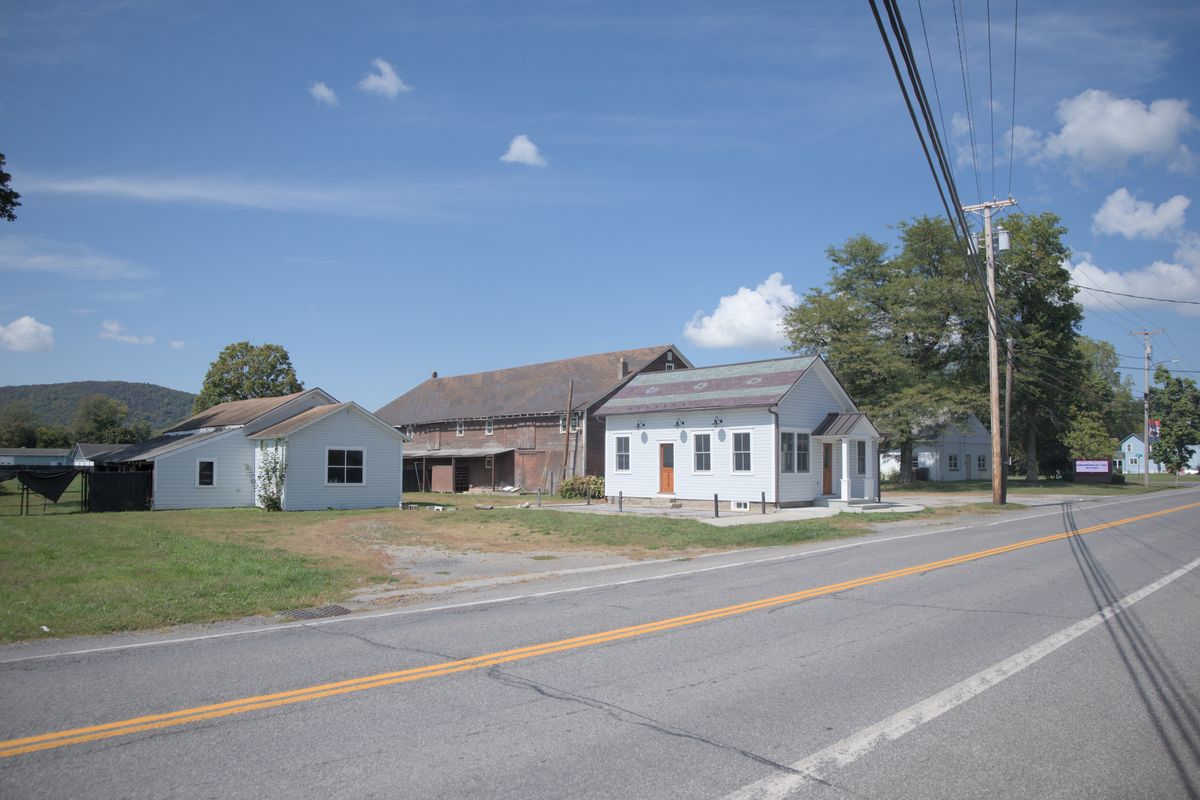
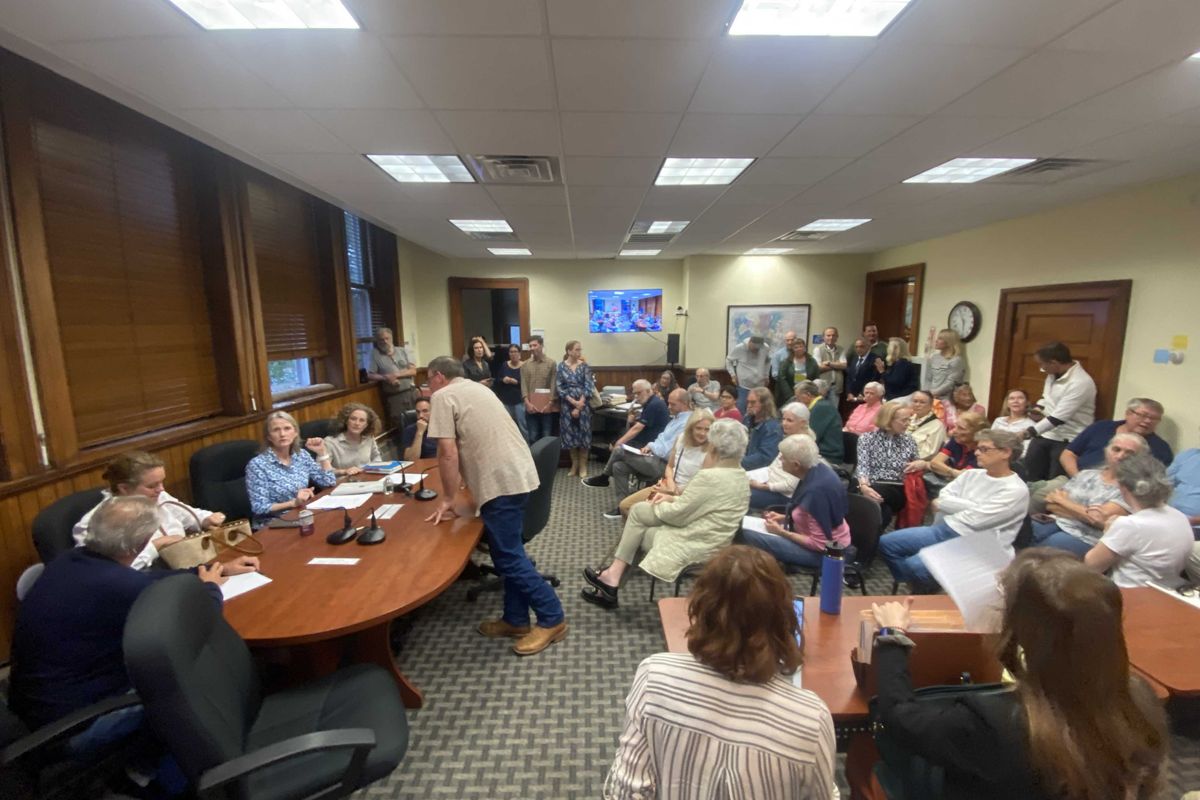
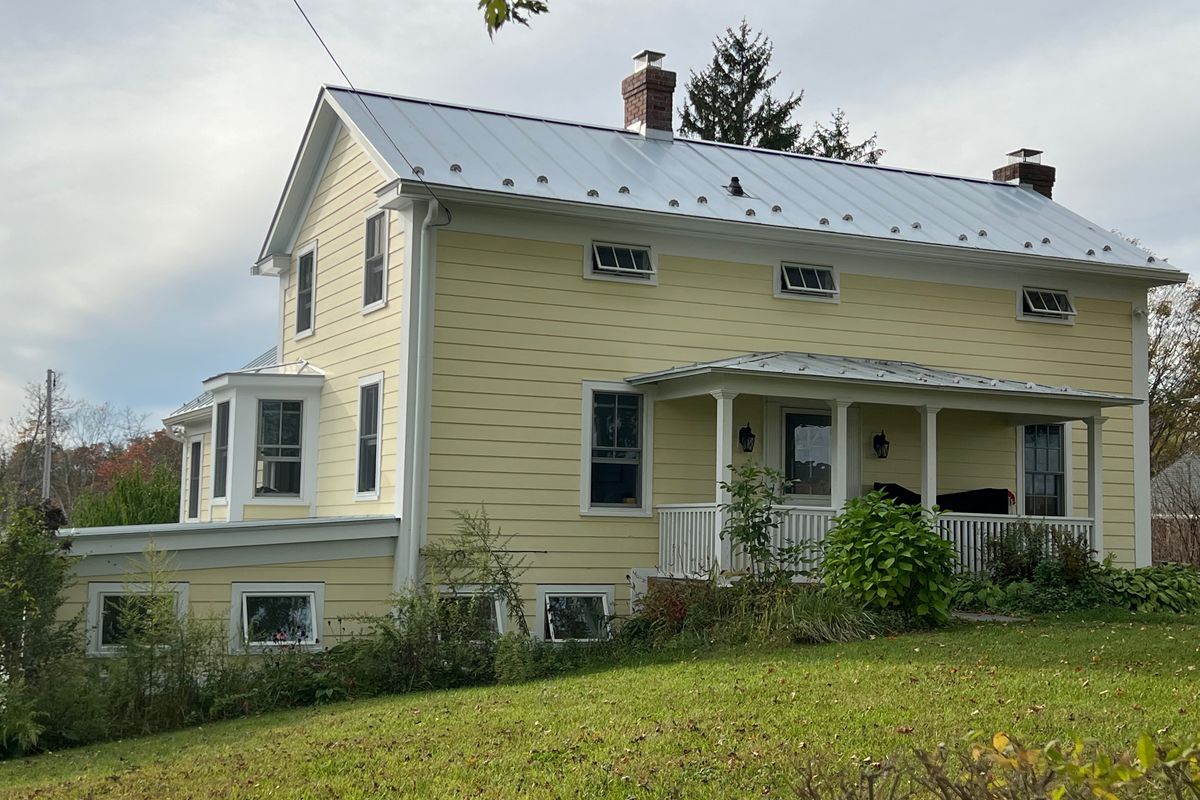
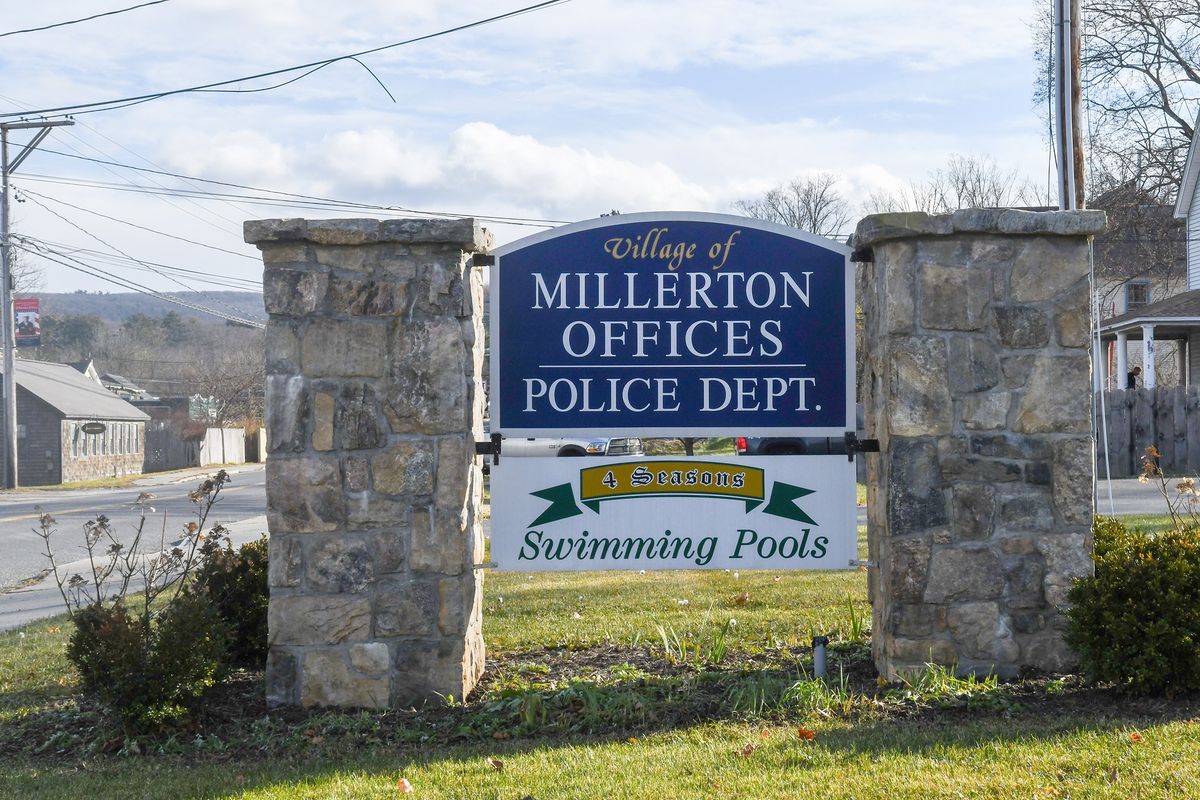
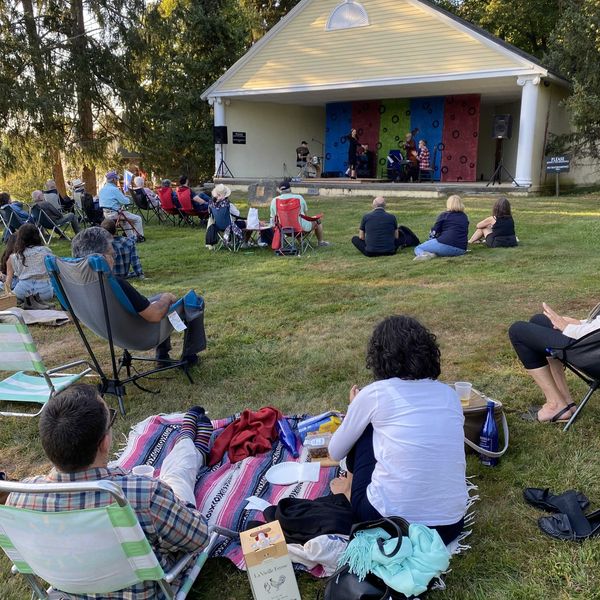

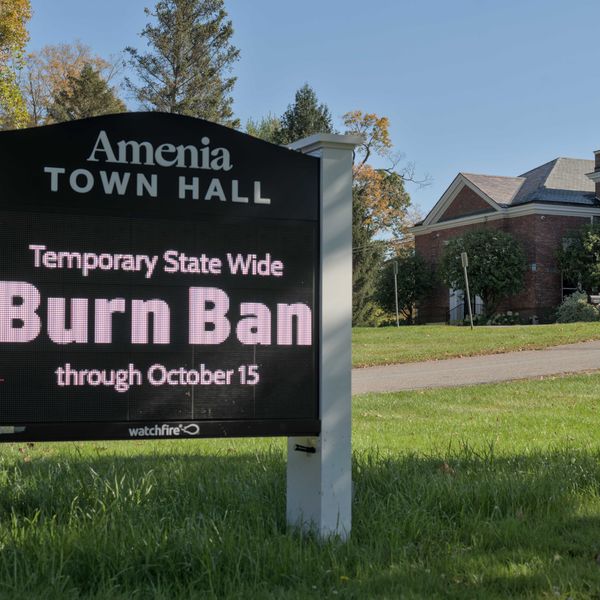
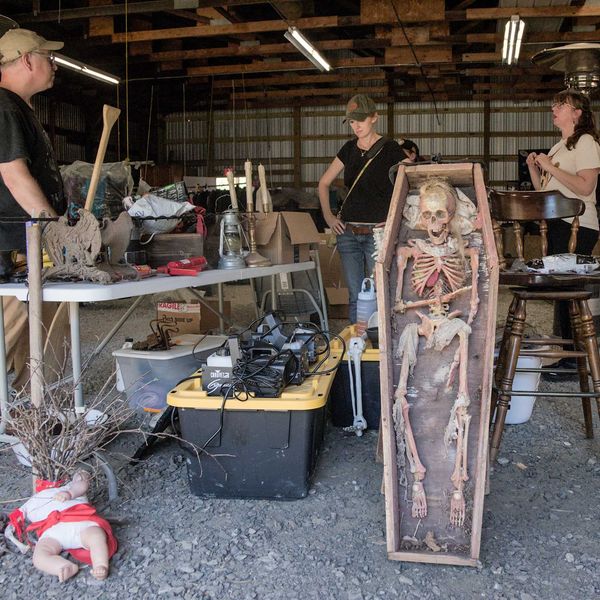
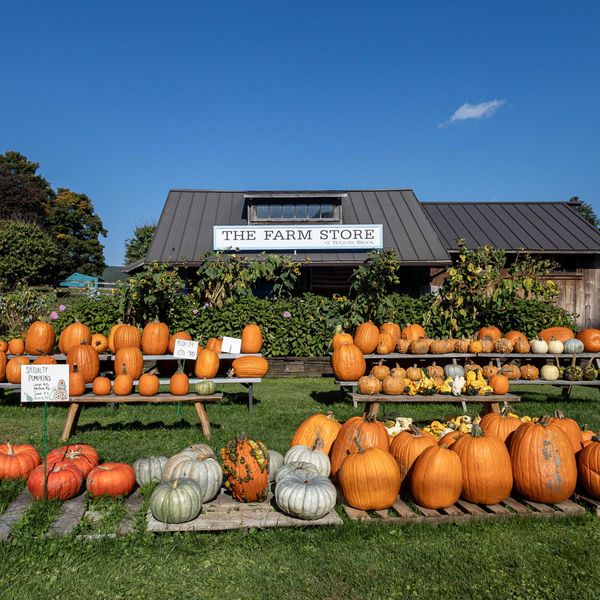
Can existing homes be retrofitted for passive solar?